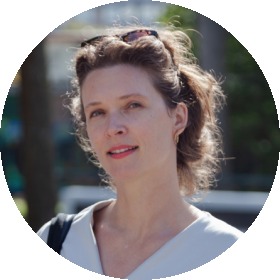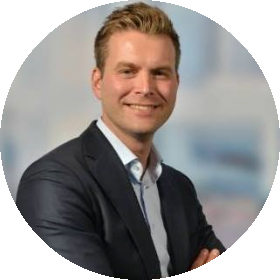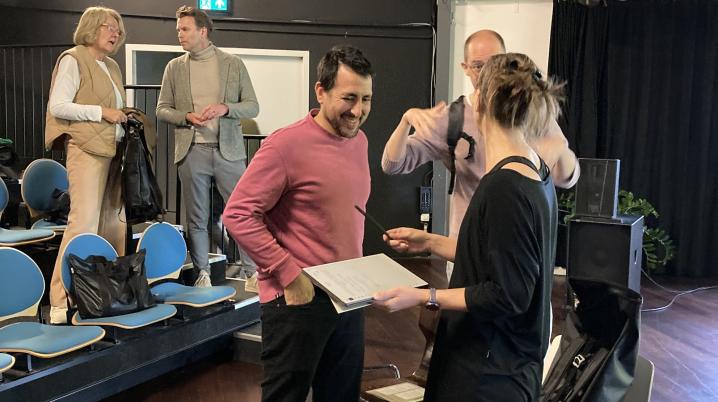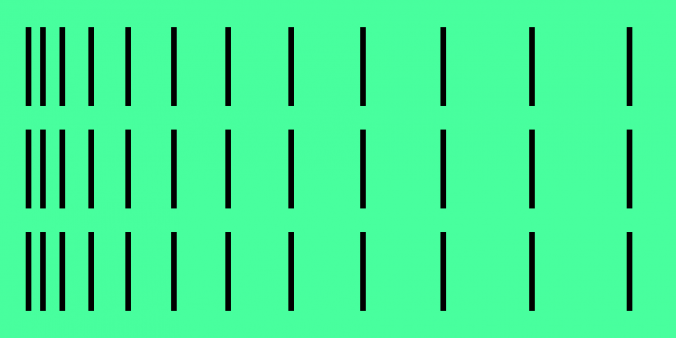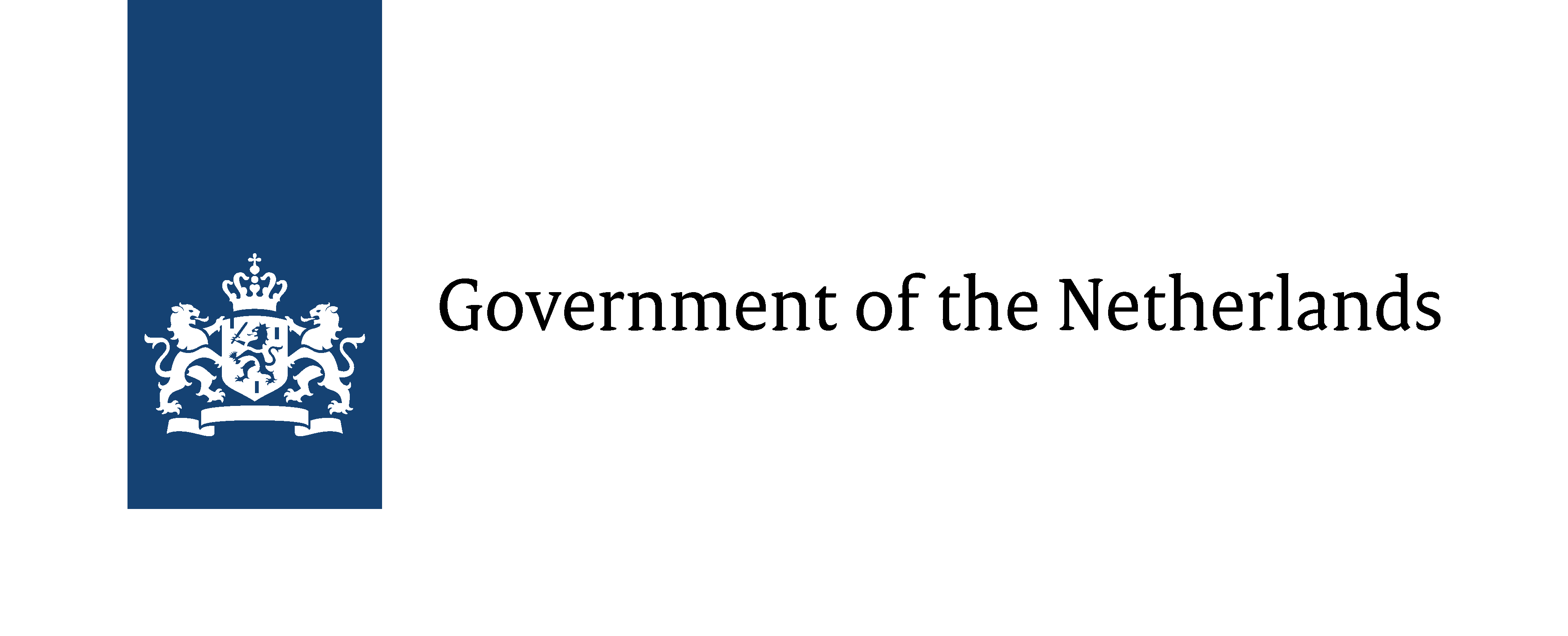AiR programs can serve as catalysts for artistic and social innovation. They not only enhance the vitality and renewal of regional and international art networks but also play a crucial role in emerging artists' creative and professional development. Furthermore, these programs address pressing local issues relevant to their audiences.
DutchCulture | TransArtists AiR NL organized an afternoon of exchange and discussion between artist-in-residence (AiR) program organizers and local government representatives. The focus was on the future of AiR programmes and their impact on local communities, while we explored how fruitful cooperation with municipalities and provinces can be established and integrated into policy.
This expert meeting took place on October 15th in Utrecht, in collaboration with Het Huis Utrecht and Residenties in Utrecht, both of which regularly facilitate AiR programs and connect artists within their city.
Please find the report of the meeting (in Dutch) and a translation of the conclusions below.
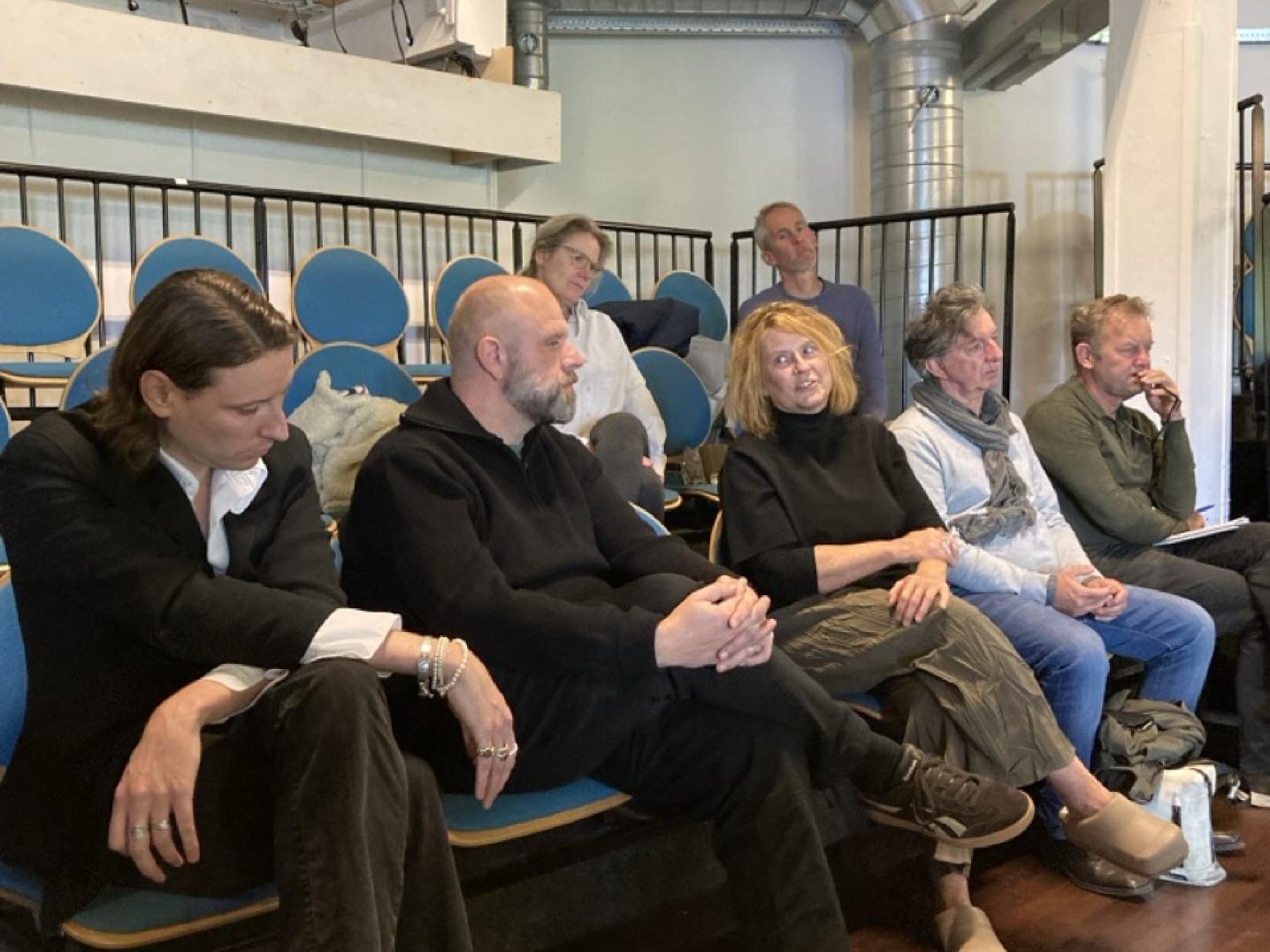
Summary and conclusions
Artist-in-Residence (AiR) programs offer great social value by providing insight into local issues, stimulating creative solutions and bringing communities together and more closely connected by enabling context-driven art projects. Yet funding these programs remains challenging, with limited national funds and strong competition for grants, such as from the Mondrian Fund. European funding opportunities, such as the new Culture Moves Europe program, provide some relief, especially for smaller initiatives. Still, European applications are often complex and cooperation on these applications does not always run smoothly.
Municipal and provincial governments increasingly see the value that AiR programs can have for societal challenges ranging from climate adaptation and spatial planning to social cohesion and healthy aging. The dialogue on art and culture should not only be conducted within the art sector itself, but together with other stakeholders to explore new ways of weaving art within pressing spatial and social challenges. Art can thus be more effectively embedded in policy and play a broader role in addressing complex issues.
An inspiring example is a project discussed by Residences in Utrecht, in which artists reverse the traditional division of roles by inviting municipalities to apply to participate in art projects. This initiative shows how artists and municipalities can work together on meaningful projects with mutual involvement. In this way, art becomes not just a supplement to policy, but an active partner in policy development and implementation.
The roundtable discussion also revealed that effective collaboration between AiR programs, governments and other stakeholders requires more alignment between art, culture and other policy domains. Because the value of art as a process-based catalyst only becomes apparent in the longer term, a long-term vision that includes looking at the integration of art and culture into area development and policymaking is essential.
As a follow-up, a possible next meeting could build on these ideas. Such a meeting could provide a new platform for collaboration, knowledge sharing and funding from multiple policy areas, focusing on ways in which arts and AiR programs can contribute to addressing societal challenges.
The meeting was joined by artist Nahuel Cano, Alieke Ramos Marta, strategic advisor at municipality of Deventer, Marlo Saalmink, policy advisor Visual Arts, municipality of Maastricht, Claar Shouwenaar, process facilitator Culture and Environment, Utrecht Province, Digna Kosse, Culture Hub Nesse / Municipality of Terneuzen, Leonne Cuppen, Yksi Connect, Eindhoven, Esther Van Rosmalen, artistic leader Witte Rook Breda and AiR Platform Brabant, Siera Wiersma, Senior Policy Advisor Culture, Municipality of Utrecht, Brett Bannink, advisor Culture and Creative Industries, Utrecht Province, Dennis Bouma, teacher and researcher at Hogeschool Utrecht, Marlies van Grootel, project manager, Artist Residencies Enschede (ARE), Vera Bonder, programmer, Het Huis Utrecht, Lidy Ettema, project leader, Residences Utrecht, Marijn van de Pol, Nieuw Zwanenburg, Oirschot, Sanne Muiser, Project leader, Inversie, Brabant , Sietze Bandringa, policy maker Culture, Municipality of Leeuwarden, Jan Derk Diekena, visual artist & Urban Design, Foundation Art Indeed / Foundation WEP, Groningen, Karin Boelhouwer, representing Kunsteducatie and Orkesten Kunstenbond, Utrecht, Jelle Burggraaff, Head Mobiliteit & Advies, and Heidi Vogels advisor Art Residences and coordinator AiR NL, both at DutchCulture|TransArtists, Amsterdam
